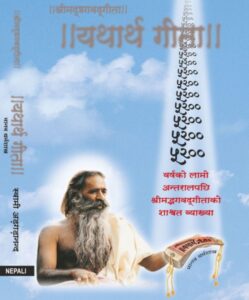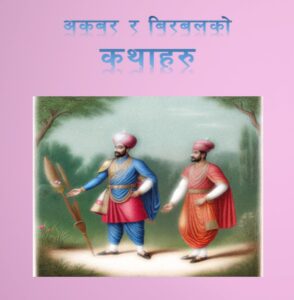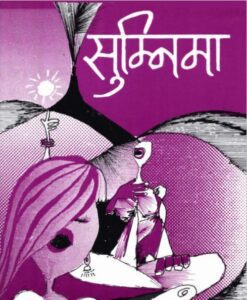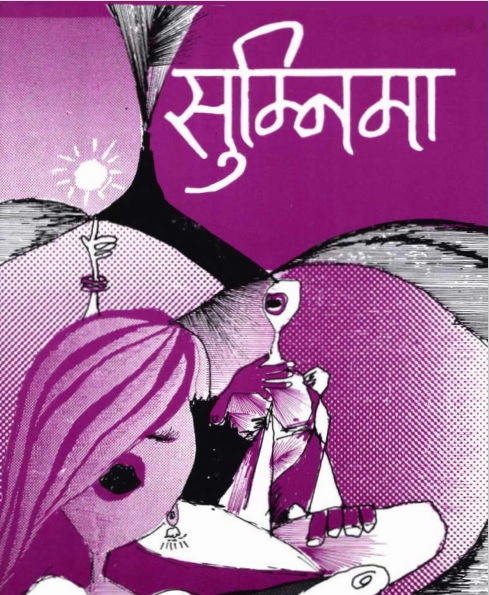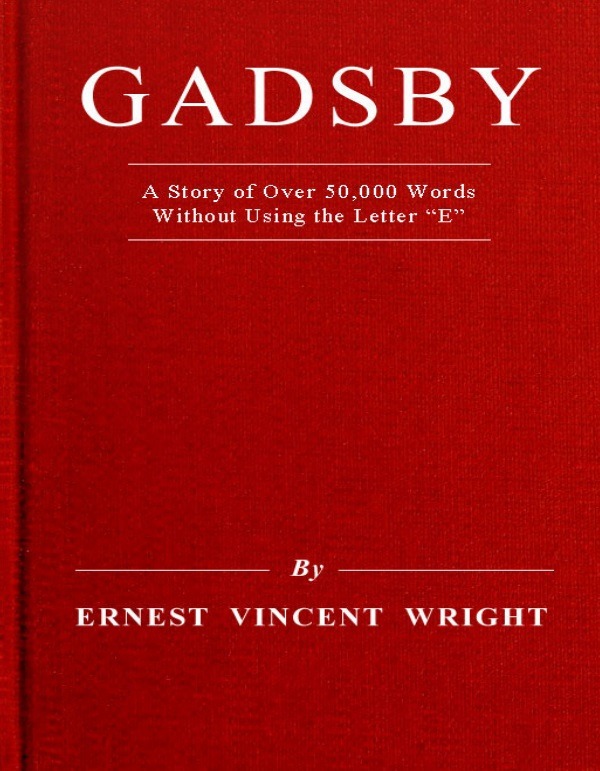
GADSBY
Auther
Ernest Vince Wright

Gadsby
“Gadsby”: A Linguistic Experiment in Literary Ingenuity
“Gadsby” is a novel written by Ernest Vincent Wright and published in 1939. What sets “Gadsby” apart from other novels is its unique constraint: it does not contain a single word that utilizes the letter “e.” This self-imposed restriction, known as a lipogram, presents a remarkable challenge for the author, requiring creative wordplay and linguistic acrobatics to convey meaning without the use of one of the most common letters in the English language.
Plot Summary:
“Gadsby” tells the story of the fictional town of Branton Hills and its charismatic protagonist, John Gadsby, who becomes the mayor with the mission of revitalizing the community. As Gadsby takes on the challenges of governance, he initiates various projects aimed at improving the town’s infrastructure, economy, and social cohesion. Along the way, he encounters a diverse cast of characters, including politicians, businessmen, and ordinary citizens, each with their own aspirations and struggles.
Themes:
Despite its unconventional style, “Gadsby” explores universal themes such as leadership, community, and progress. Through the character of John Gadsby, the novel examines the qualities of effective leadership, emphasizing the importance of vision, determination, and inclusivity in driving positive change. Additionally, “Gadsby” underscores the significance of collective action and civic engagement in addressing social issues and building a brighter future for all.
Innovative Language:
The most striking aspect of “Gadsby” is its innovative use of language to circumvent the absence of the letter “e.” Ernest Vincent Wright employs a wide array of linguistic techniques, including creative word choices, grammatical rephrasing, and structural alterations, to construct a coherent narrative without relying on the letter “e.” This linguistic tour de force challenges readers to rethink their assumptions about language and communication, demonstrating the boundless possibilities of literary expression.
Character Development:
Despite the inherent constraints of the lipogrammatic form, “Gadsby” features a richly developed cast of characters, each with their own distinct personalities and motivations. From the idealistic John Gadsby to the scheming political rivals, Wright imbues his characters with depth and complexity, allowing readers to empathize with their struggles and triumphs. Through their interactions and conflicts, “Gadsby” offers insight into the intricacies of human nature and the dynamics of community life.
Narrative Structure:
In crafting “Gadsby,” Ernest Vincent Wright adopts a straightforward narrative structure, relying on a chronological sequence of events to propel the story forward. Despite the absence of the letter “e,” Wright maintains a cohesive storyline, seamlessly transitioning between scenes and introducing new plot developments with precision and clarity. Through its brisk pacing and engaging plot twists, “Gadsby” keeps readers captivated from start to finish, demonstrating the author’s mastery of narrative craftsmanship.
Cultural Impact:
Although “Gadsby” initially received limited attention upon its publication, it has since garnered recognition as a literary curiosity and a testament to the ingenuity of its author. The novel’s daring experiment with language has inspired countless writers, linguists, and literary enthusiasts to explore the creative possibilities of constraint-based writing. Moreover, “Gadsby” continues to fascinate readers with its unconventional approach to storytelling, inviting them to ponder the nature of language, communication, and artistic expression.
Legacy:
While “Gadsby” may not enjoy the same level of popularity as some of the literary classics, its legacy endures as a testament to the power of human ingenuity and the boundless creativity of the human mind. Ernest Vincent Wright’s audacious experiment with language continues to inspire writers and readers alike, challenging conventions and expanding the horizons of literary expression. As a landmark work of constrained writing, “Gadsby” occupies a unique place in the annals of literature, reminding us of the limitless potential of words to captivate, inspire, and transform.

